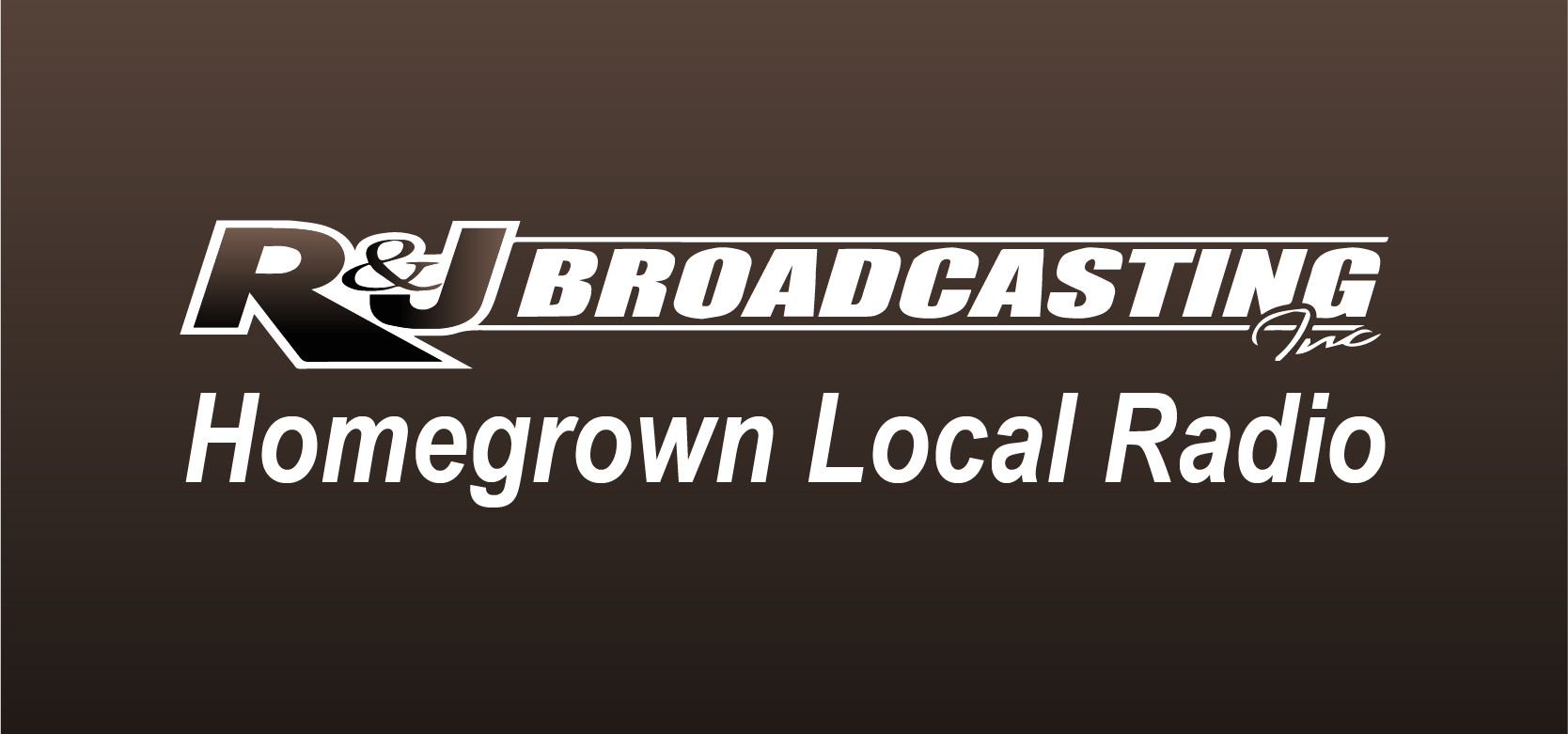EPA Approves 2022 Minnesota-Specific Restrictions for Dicamba Herbicide
ST. PAUL, Minn. – The U.S. Environmental Protection Agency (EPA) has given approval to the Minnesota Department of Agriculture’s (MDA) state-specific use restrictions for three dicamba herbicide products during the 2022 growing season in Minnesota. The restrictions are aimed at curbing off-site movement of the products.
The affected dicamba formulations are Engenia by BASF, Tavium by Syngenta, and XtendiMax by Bayer. These are the only three dicamba products labeled for use on dicamba-tolerant soybeans.
Because of a high number of alleged drift complaints in the 2021 growing season, the MDA is registering the three products for use in Minnesota in 2022 with the following additional restrictions:
- DATE CUTOFF: No application shall be made south of Interstate 94 after June 12, 2022. North of Interstate 94, use is prohibited after June 30, 2022.
- TEMPERATURE CUTOFF STATEWIDE: No application shall be made if the air temperature of the field at the time of application is over 85 degrees Fahrenheit or if the National Weather Service’s forecasted high temperature for the nearest available location for the day exceeds 85 degrees Fahrenheit. Forecasted temperature must be recorded at the start of the application.
The product label with these EPA approved Minnesota-specific restrictions will be available on the product manufacturer’s website (Bayer, BASF, or Syngenta). Check the company’s website to download the restrictions prior to application of any of these three dicamba products. The restrictions will also be promoted through the mandatory dicamba specific training, required for anyone applying one of the approved products, on the manufacturer’s website. Compliance with these Minnesota-specific restrictions and other restrictions listed on the product label is mandatory.
Other federal requirements for the products that appear on the 2022 labels include:
- Requiring an approved pH-buffering agent, also known as a volatility reducing agent, be tank mixed with dicamba products prior to all applications
- Requiring a downwind buffer of 240 feet and 310 feet in areas where listed endangered species are located
- Additional recordkeeping items
In addition to the cutoff date, Xtendimax and Tavium have crop growth stage cutoffs.
In Minnesota, Engenia, Tavium, and XtendiMax formulations of dicamba are approved for use on dicamba-tolerant soybeans only and are “Restricted Use Pesticides.” The dicamba products are only for retail sale to and use by certified applicators.
Pesticide product registrations are renewed on an annual basis in Minnesota.
Background Information
Since dicamba was first registered for use on dicamba-tolerant soybeans in the 2017 growing season, the MDA has fielded complaints each year of alleged off-site movement onto neighboring property. The chemical is highly volatile and can damage non-target plant species through spray drift and/or volatilization. Volatility is influenced by several factors including temperature, relative humidity, rate of application, and crop stage. The annual total reports for alleged drift were:
2021: 304
2020: 128
2019: 20
2018: 51
2017: 249
From 2018 to 2020, the MDA had placed an annual June 20 cutoff date on registered dicamba products based on research and pesticide misuse complaints. The EPA enacted a federal cutoff date of June 30 in 2021 and did not allow states to impose additional restrictions through a Special Local Need label. The state also implemented a temperature cutoff for the 2018 growing season.
Dicamba is an important tool in combating herbicide resistant weeds in dicamba-tolerant (DT) soybeans. Products containing dicamba can cause serious damage to non-dicamba tolerant soybeans and to other sensitive crops and non-crop plants. The MDA wishes to preserve this tool for farmers. However, it must be used without impacts on neighboring crops, homes, farms, and gardens.
dicamba Environmental Protection Agency herbicide application Minnesota Minnesota Department of Agriculture

